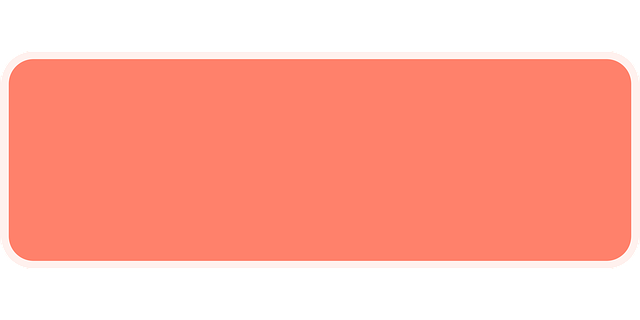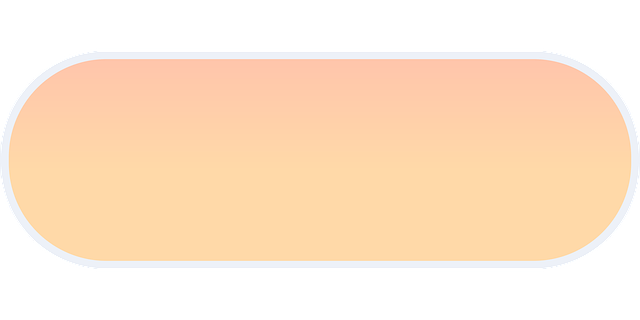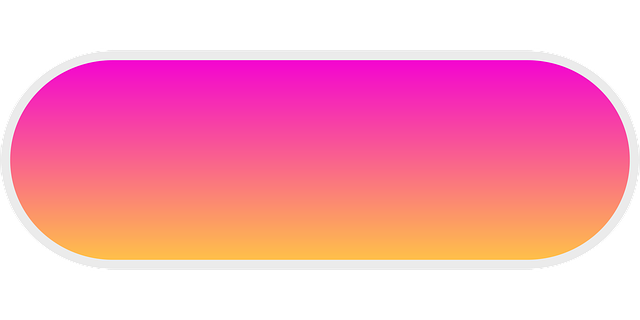For startups aiming for digital success, understanding UI design fundamentals like navigation, aesthetics, and UX design principles is vital. Integrating these disciplines ensures user-centered interfaces for sustainable growth. User research through surveys, interviews, and usability testing is key to meeting user needs and improving conversion rates. A strong visual identity and cohesive brand language create engaging experiences that set startups apart. Information Architecture (IA) organizes content logically, boosting engagement and scalability. Wireframing and prototyping streamline interface creation, while usability testing provides direct user insights for iterative redesigns. Prioritizing user-centric practices, including intuitive navigation and engaging visuals, ensures a positive experience and startup success in a competitive market.
In the competitive startup landscape, a seamless user experience (UX) backed by intuitive user interface (UI) design is crucial for success. This comprehensive guide delves into the essential components of UI/UX design for startups, equipping you with the knowledge to create impactful digital experiences. From understanding foundational principles to implementing iterative design processes and gathering user feedback, this article provides a roadmap for launching a user-centric startup with exceptional UI design.
Understanding UI/UX Design Fundamentals for Startups

For startups, understanding UI/UX design fundamentals is paramount in creating digital products that resonate with users and drive business growth. User Interface (UI) design focuses on the visual elements and interactive components of a digital product, ensuring it’s aesthetically pleasing and intuitive to navigate. This includes everything from button placements to color schemes, typography, and overall layout, all working together to create a seamless user experience.
User Experience (UX) design, on the other hand, delves into the broader picture of how users interact with your startup’s product or service. It involves understanding user needs, behaviors, and pain points to craft efficient and enjoyable experiences. By combining these two disciplines, startups can build intuitive, user-centered interfaces that not only attract but also retain customers, setting the stage for sustainable growth in today’s competitive market.
User Research: The Cornerstone of Effective UI Design

User research is the bedrock upon which successful UI design for startups is built. It involves understanding your target audience, their needs, preferences, and behaviors. By employing techniques such as surveys, interviews, and usability testing, designers can gather valuable insights that inform decisions about layout, content organization, and interactive elements.
This process ensures that the UI aligns with user expectations, enhances usability, and ultimately drives engagement and conversion. In the fast-paced startup environment where agility is key, investing time in thorough user research pays dividends by guiding the creation of intuitive, user-centric interfaces that stand out in a competitive market, setting the stage for product adoption and growth.
Creating a Visual Identity and Brand Language

In the realm of UI/UX design for startups, establishing a strong visual identity and brand language is paramount to creating an engaging user experience. Startups need to convey their unique value proposition through consistent visual elements that resonate with their target audience. This involves crafting a style guide that dictates color palettes, typography choices, and imagery—all fundamental components of UI design. By maintaining a cohesive aesthetic across all touchpoints, startups build brand recognition and foster trust among users.
Brand language goes beyond visuals; it encompasses the tone of voice, interactive patterns, and overall user interaction. Incorporating the startup’s personality into these elements ensures that the digital experience aligns with the brand’s essence. For instance, a playful startup might use lighthearted language and animated interactions in its UI design to create a delightful user journey, setting it apart from competitors and leaving a lasting impression.
Information Architecture: Organizing Content for Seamless Navigation

In the realm of UI/UX design, Information Architecture (IA) plays a pivotal role in creating seamless user experiences for startups. IA involves organizing and structuring content in a logical manner, ensuring users can easily navigate through a website or application. This process begins with understanding target audiences’ needs and behaviors, followed by sifting through vast amounts of data to create a clear hierarchy. A well-designed IA breaks down complex information into digestible chunks, guiding users on a intuitive journey.
For startups, effective IA translates to improved user engagement and retention. By categorizing content thoughtfully, designers enable users to quickly find what they seek, fostering a positive experience. Moreover, a structured IA allows for scalability as the startup grows and expands its offerings. This ensures that new features and pages seamlessly integrate into the existing framework, maintaining a consistent and user-friendly interface across the board—a key aspect of successful UI design in a competitive market.
Wireframing and Prototyping: Tools for Iterative Design

Wireframing and prototyping are essential tools in the UI design process, especially for startups looking to create intuitive and user-friendly interfaces. These iterative design methods allow designers to quickly sketch out layouts, organize content, and visualize interactions before diving into the development phase. With wireframes, designers can focus on structural elements, such as navigation, without getting caught up in aesthetic details, enabling faster iterations and easier adjustments.
There are various tools available for creating wireframes and prototypes, catering to different skill levels and project complexities. For simple wireframing, pen and paper or basic digital tools like Sketch or Figma can be effective. More advanced prototyping tools like Adobe XD or InVision provide a more comprehensive suite of features, enabling designers to create interactive prototypes that mimic the final product. These tools facilitate collaboration, allowing stakeholders and users to provide feedback early in the design process, ensuring the UI aligns with user needs and business goals.
Usability Testing: Gathering Feedback for Continuous Improvement

Usability testing is an invaluable process in UI/UX design, offering startups a direct line to user feedback. By observing users interact with their product, designers can gather insights into usability issues, pain points, and areas for improvement. This iterative approach ensures that each redesign iteration is guided by real-world user needs, making the final product more intuitive and engaging.
Feedback from testing sessions provides quantitative and qualitative data, allowing designers to make informed decisions. They can identify which elements of the UI design work well and which require adjustments, ensuring a seamless user experience. Continuous usability testing throughout the development process helps startups stay agile, adapt to market demands, and ultimately create a more successful and competitive product in their respective industries.
Best Practices for Launching a User-Centric Startup UI/UX

When launching a startup, prioritizing user-centric practices in UI/UX design is paramount. Begin by understanding your target audience and their pain points. Conduct thorough user research, including surveys, interviews, and usability testing, to gather insights that inform your design decisions. This empathy-driven approach ensures the final product aligns with user expectations and needs, fostering a positive user experience.
Best practices include creating intuitive navigation, ensuring responsiveness across various devices, and implementing clear call-to-actions (CTAs). A clean, uncluttered interface enhances usability, while engaging visual design elements capture attention. Regularly iterate based on user feedback to continuously optimize the UI/UX, fostering a culture of user-driven innovation that sets your startup apart in a competitive market.
